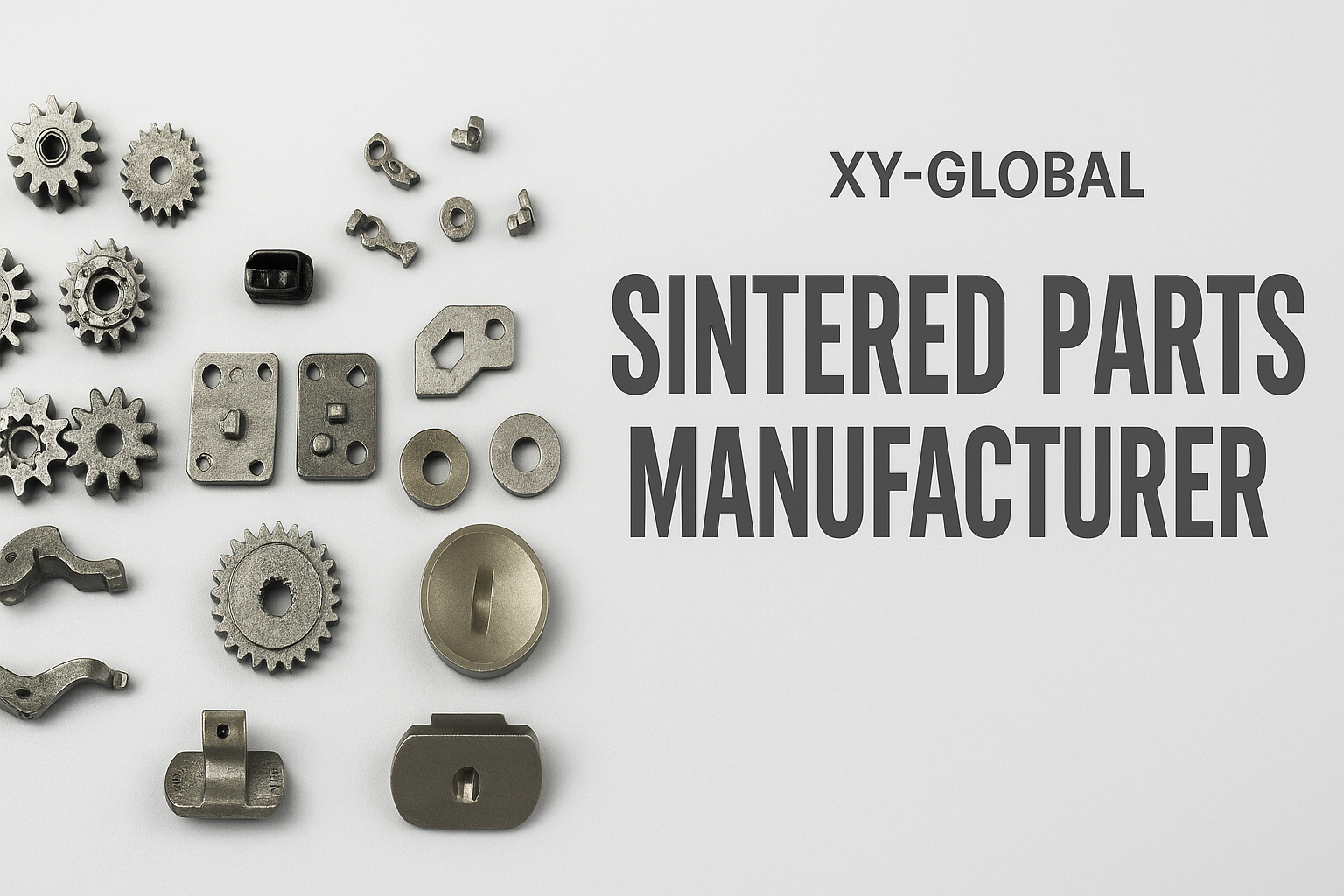Metal powder microinjection molding Powder microinjection molding technology was first proposed by German and then studied all over the world. In recent years, microinjection molding technology has made great progress in the application of micro metal and ceramic component molding, especially the application of this technology in metal forming has enabled micro parts to obtain high strength, good corrosion resistance, high temperature stability, excellent magnetic properties, and wear resistance. The use of powder microinjection molding technology can save the expensive assembly cost of micro parts.
Foreign countries have achieved certain results in metal powder microinjection molding. The German IFAM Institute is currently mainly researching micro-injection molding products for chemical, fluid, biomedical, etc., including the use of carbide powder to manufacture wear-resistant micro parts and molds, as well as co-sintering and co-connection of two or more injection blanks. The Karlsruhe Research Center uses micro-injection molding to manufacture micro-structured parts such as gears and micro-optical seats. FLEISCHER and BUCHHOLZ are studying the automated production technology of metal powder micro-injection molding, realizing automatic demoulding, automatic separation of nozzles and blanks, and automatic in-mold removal technology to process refractory and high-strength tungsten. Singapore mainly uses 316L stainless steel powder and PZT powder to study the injection molding of micro-cylinders and square columns. In addition, Barriere T of France studied the critical and optimal powder loading of 316L stainless steel powder microinjection forming feed.
While my country's microinjection forming research is still in its infancy, there are currently several key laboratories, including the Ministry of Education Key Laboratory of Precision and Special Processing of Dalian University of Technology, which mainly study the precision/ultra-precision processing theory and technology of square micro molds, new principles and methods for measuring precision and special-shaped parts, and develop biochemical microsystems and precision instruments and equipment and microactuators and sensors. Qu Xuanhui et al. of Beijing University of Science and Technology used microinjection forming technology to prepare gears with an outer diameter of 200-800μm and carbonyl iron powder micro gears.
Technical characteristics Generally speaking, materials used in traditional MIM can also be used in microinjection molding. For example: 316L, 17-4 PH, Fe, WC-Co, W, W-Cu, Cu and Ag. Compared with traditional MIM technology, microinjection molding requires smaller parts and higher surface finish, so the powder is required to be finer (about 1μm). Because fine powder has a higher specific surface area, more binder needs to be added when mixing the powder formed by microinjection.
Injection process The micro injection molding process mainly consists of mold closing, pre-molding, micro cavity vacuuming, mold rapid heating, precision metering injection filling, pressure holding, cooling, mold rapid cooling and mold opening, product demoulding and other main processes, as shown in Figure 1.
Micro injection molding product micro parts include: micro precision parts that only require precise size; micro parts that only require quality accuracy; micro precision parts that require both quality and size, and molded parts with surface micro structures.
Limitations and development trends of metal powder injection molding
Limitations After more than 40 years of development, MIM technology has been applied to various industries and the material system is also very wide, including stainless steel, tungsten alloy, titanium alloy, cemented alloy, ceramic, etc. However, MIM is far from reaching the level of machining, precision casting, pressing/sintering process. MIM still has the following problems:

(1) Mixing unevenness, especially when mixing multi-component systems and composite materials, due to their density differences, it is easier to cause mixing unevenness. Mixing unevenness will cause uneven shrinkage of the blank during sintering, resulting in deformation of the product;
(2) At the same time, due to the difference in rheological properties of each component, the composition of the blank after injection is uneven. The uneven composition of the injection blank will also cause
(3) The long debinding time greatly reduces the productivity and the binder is not completely removed. The residual binder carbonizes during the sintering process, which hinders the metallurgical bonding between the powder particles and reduces the mechanical properties of the product. Therefore, although MIM technology can solve the problem of complex shapes, due to the limitations in mixing and degreasing, MIM is limited to products and material systems with small size, low precision, and low mechanical properties, and is not very suitable for material systems with high mechanical property requirements and sensitive to defects.
Development Trends

In order to further utilize the advantages of MIM technology, overcome the limitations in size, precision, mechanical properties and material systems, and expand its application scope, its development trends and research focuses are mainly as follows:
(1) In view of the uneven shrinkage caused by the uneven composition and organization of multi-component systems and composite powders during mixing and injection, which leads to deformation of the parts, the use of mechanical ball milling to prefabricate composite powders can effectively solve this problem and will become one of the development directions of MIM;
(2) Due to the carbonization of residual binders during sintering caused by long degreasing time and incomplete degreasing, the mechanical properties of the parts are reduced. Therefore, the development of new degreasing processes and binders will also be one of the development directions. Computer-aided thermal degreasing technology, solvent degreasing technology, catalytic degreasing technology, freeze drying technology and microwave-assisted drying technology can greatly shorten the degreasing time. At the same time, it can also control the polymer decomposition side reaction that easily produces volatiles during the degreasing process and eliminate the formation of defects during the degreasing process. The development of new binders that facilitate degreasing will also help solve this problem.
(3) Developing less-binder MIM technology, breaking through the mass and size limitations of traditional MIM, and reducing or eliminating the adverse effects of binders on material properties will become another focus of MIM development.













Share:
International Cooperation in Powder Injection Molding
Iron-Based Alloys of Metal Powder Injection Molding Materials